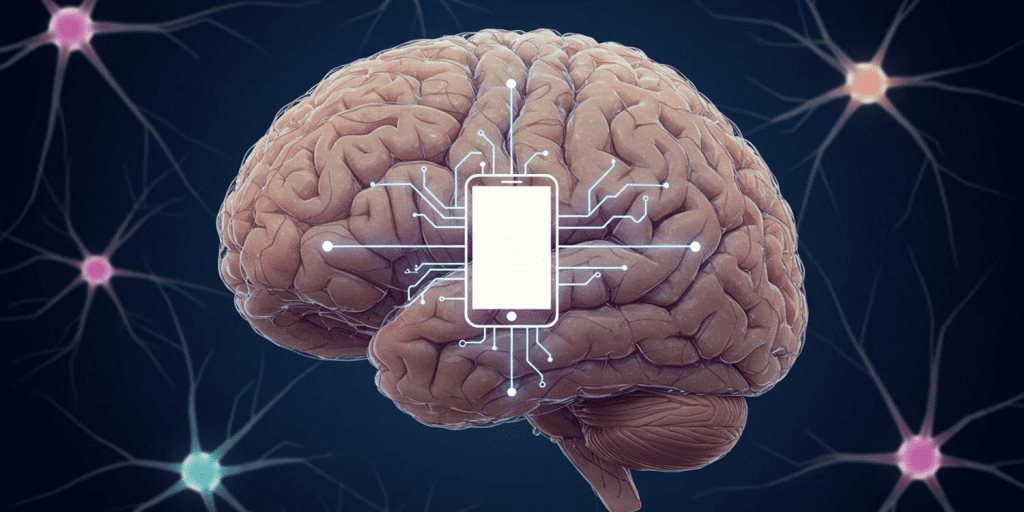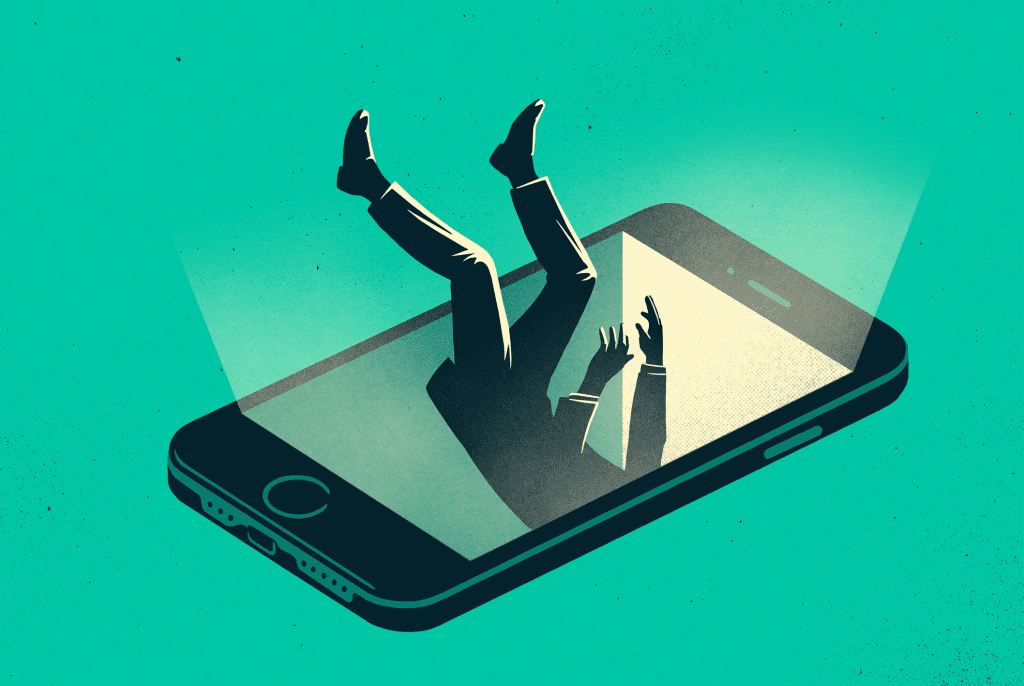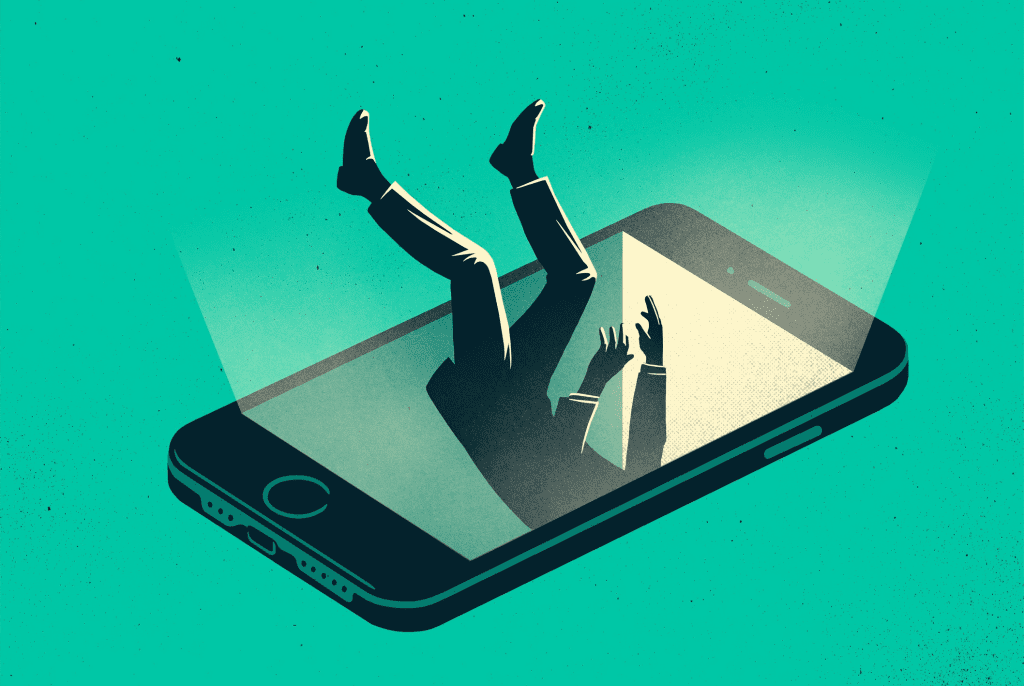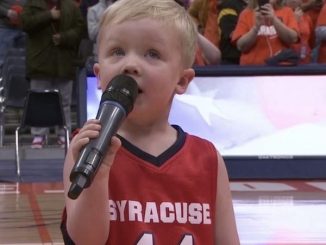Smartphones have become an inseparable part of modern life, revolutionizing communication, work, and entertainment. However, excessive smartphone use (ESU) has been linked to various negative consequences, including addiction-like behaviors, impaired mental health, and diminished attention spans. Recent studies suggest that smartphone-related cues can trigger neural responses similar to those seen in substance addiction, reinforcing compulsive usage patterns. Understanding the effects of smartphone restriction on cue-related neural activity can provide valuable insights into developing interventions for individuals struggling with ESU.
The Role of Cue Reactivity in Smartphone Use

Cue reactivity (CR) refers to the brain’s response to stimuli associated with a habitual or addictive behavior. In the case of smartphone use, cues may include notification sounds, phone screens lighting up, or simply seeing a smartphone in one’s environment. These cues can activate reward-related brain regions, reinforcing the compulsive urge to check the device.
Research has shown that individuals with excessive smartphone use exhibit heightened neural responses to smartphone-related cues, similar to those observed in substance addiction. This heightened sensitivity may contribute to difficulty in controlling smartphone usage, leading to a cycle of compulsive checking and craving.
Investigating Neural Activity Changes Through Smartphone Restriction
To better understand how short-term smartphone restriction influences brain activity, researchers conducted a study using functional MRI (fMRI) to measure changes in cue-related neural responses over 72 hours of smartphone abstinence. The study involved 25 young adults who were regular smartphone users.
Video : What Happens To Your Brain When You Mindlessly Scroll?
Study Design and Methods
- Participants were instructed to refrain from using their smartphones for 72 hours.
- A cue-reactivity task was designed, where participants were exposed to images of smartphones (both active and inactive) as well as neutral objects.
- Functional MRI scans were conducted before and after the restriction period to analyze changes in brain activity.
- Psychometric assessments were used to measure craving, self-control, and emotional responses associated with smartphone use.
Key Findings: How the Brain Adapts to Smartphone Restriction
1. Reduced Activation in the Reward System
One of the most striking findings was a significant reduction in activity in the nucleus accumbens and anterior cingulate cortex after 72 hours of smartphone restriction. These brain regions are heavily involved in reward processing and habit formation.
- The nucleus accumbens is associated with motivation and reinforcement learning. High activation in this area suggests strong craving and compulsive behavior.
- The anterior cingulate cortex plays a role in decision-making and impulse control. Reduced activity here indicates that participants may have experienced less compulsion to check their smartphones.
These findings suggest that even a short break from smartphone use can lead to neuroplasticity, allowing the brain to become less reactive to smartphone-related cues.
2. Alterations in Dopamine and Serotonin-Linked Activity
Further analysis using neurotransmitter probability maps revealed that activity changes in the reward system were closely linked to dopamine and serotonin receptor probabilities.
- Dopamine is a key neurotransmitter in reward-seeking behavior and addiction.
- Serotonin is involved in mood regulation and impulse control.
The findings suggest that smartphone restriction may influence neurochemical processes that drive compulsive behaviors. This could explain why some people feel withdrawal-like symptoms, including restlessness and anxiety, when they suddenly stop using their phones.

3. Increased Engagement of the Parietal Cortex
Another notable result was the increased activity in the parietal cortex, a region associated with attentional control and sensory processing.
- This suggests that participants became more aware of their environment and less preoccupied with smartphone-related distractions.
- Heightened parietal cortex activity was correlated with reduced craving scores, indicating improved cognitive control over impulsive smartphone use.
This supports the idea that limiting smartphone use can enhance focus and attentional regulation, reducing dependency on digital devices.
4. Reduced Compulsive Checking Behavior
Behavioral assessments showed that participants experienced a significant decrease in the urge to check their smartphones over time. This aligns with the observed neural changes in reward sensitivity and impulse control.
Participants also reported improvements in:
- Sleep quality: Reduced exposure to blue light and nighttime scrolling led to better sleep patterns.
- Social interactions: Without constant phone distractions, participants engaged more with people around them.
- Mental well-being: Several individuals noted feeling less anxious and more present in their daily activities.
Implications for Smartphone Addiction and Digital Detox Strategies

The findings of this study have significant implications for individuals struggling with excessive smartphone use. While a complete break from smartphones may not be feasible for everyone, implementing digital detox strategies can help manage usage and mitigate negative effects.
1. Scheduled Smartphone Breaks
- Taking regular breaks from smartphone use, even for a few hours a day, can help reset neural responses to digital cues.
- Setting specific times for checking messages rather than responding to every notification can reduce compulsive checking.
2. Mindful Technology Use
- Practicing conscious smartphone use by turning off unnecessary notifications and using grayscale mode can help decrease reliance on digital stimuli.
- Engaging in non-digital hobbies, such as reading, exercise, or meditation, can strengthen attention control and reduce smartphone dependency.
3. Sleep Hygiene and Nighttime Restrictions
- Avoiding smartphone use one hour before bed can improve sleep quality by preventing blue light exposure.
- Using do not disturb or airplane mode at night can minimize the temptation to check notifications.
4. Awareness Campaigns and Education
- Schools, workplaces, and mental health professionals can promote awareness of the impact of excessive smartphone use on brain function.
- Implementing digital wellness programs can encourage balanced technology use.
Video : Cell Phones Affect Brain Activity

Conclusion: How Smartphone Restriction Reshapes the Brain
The study provides compelling evidence that even a short period of smartphone restriction can lead to measurable changes in brain activity. The observed reductions in reward-related neural responses, coupled with increased attentional control, suggest that limiting smartphone use can promote cognitive flexibility, impulse control, and overall mental well-being.
As smartphone addiction continues to be a growing concern, understanding the neurological basis of cue-reactivity and digital dependency is crucial. These findings highlight the importance of incorporating healthy technology habits to ensure that smartphones remain tools for convenience rather than sources of compulsive behavior.
By making small adjustments in smartphone usage, individuals can foster better focus, improved mental clarity, and greater overall life satisfaction. So, why not start with a 72-hour break and see how your brain adapts?
At 74, Jay Leno Prepares for the Inevitable, Sets Aside Fortune for His Cars — ‘No One Lives Forever

After leaving behind his successful career as the host of late-night talk shows, Jay Leno launched a web series on nbc.com (2015 to 2022) about cars.
Jay Leno’s Garage, now appearing to more than 3.7 million subscribers on YouTube, allows the comedian to share his passion for cars and bikes with his audience.

In November 2022, the former Tonight Show host was badly burned when a fire broke out in his Burbank, California garage.
“I got some serious burns from a gasoline fire.” Leno told Variety at the time “I am OK. Just need a week or two to get back on my feet.”
According to reports, the now 74-year-old man was working under a car when the fire sparked. He suffered third degree burns on his face and got a new left ear after losing his first one to the fire.
Unfortunately, his luck didn’t get any better.

Only two months after the fire, he suffered a broken collarbone, two cracked ribs and two cracked kneecaps in a motorcycle accident.
‘Treats Mavis like gold’
Despite his body breaking down with aging, passion-related accidents and high cholesterol, the one thing that holds strong in his life is his love for Mavis, who he married in 1980.
“I always tell guys when they meet a woman, ‘Marry your conscience. Marry someone who’s the person you wish you could be and it works out okay.” Leno tells People of his enduring love with Mavis, now 77.

After 45 years together, the childless couple started facing some hardships.
Mavis was diagnosed with dementia and her condition is rapidly declining.
In April 2024, Leno was granted a conservatorship over his wife’s estate by a Los Angeles Superior Court judge who ruled the measure was “necessary and appropriate.”
According to court documents obtained by Entertainment Tonight, “Mavis has been progressively losing capacity and orientation to space and time for several years.”
The filing also says and “Jay is fully capable of continuing support for Mavis’ physical and financial needs, as he has throughout their marriage,” but her “current condition renders her incapable of executing the estate plan.”

Included in the documents is a statement from her neurologist Dr. Cohen: “Sometimes [Mavis] does not know her husband, Jay, nor her date of birth.”
Cohen, Mavis’ attending doctor at Cedars Sinai, adds that Leno “loves his wife very much” and “treats [Mavis] like gold.”
‘No one lives forever’
Only months later, In Touch reports that Leno is now preparing for his own death, making end-of-life arrangements so his fortunes are delivered to the rightful beneficiaries.
The filing reads: “No one lives forever, and the actions taken by Mr. Leno are reasonable and necessary for his and Mavis’ protection. Mavis does not object to the petition and in my opinion consents to it. Mr. Leno is her protector, and she trusts him. This estate planning is in her best interest and protects her interests.”

Leno’s latest filing details provisions for Mavis’ care and discloses that the couple intends to stay in their home “for as long as reasonably possible,” using their money for “assistance from household employees or caregivers as may be necessary.”
If Leno dies first, “the estate will divide into the Leno Marital Trust…it will have the Leno Collection and any real property housing Leno Collection. It will be irrevocable, and the survivor receives all income, plus principal for reasonable support. After the survivor’s death, after-tax balance will be distributed, along with the Leno Trust to JDM.”
The Leno Collection is Leno’s collection of automobiles and motorcycles, that’s valued at more than $52 million, and any real property.

Leno also instructed the JDM Foundation, a charity he launched in 1988, to open a museum with his automobile collection, and he’s already named the three initial directors.
In addition, Leno is leaving $7 million to Mavis’ brother Rikki Nicholson, who lives next door, and to his nephew Richard Leno.
The court-appointed official said Leno’s amendments to the trust will likely be approved.
It’s hard to imagine a world without Jay Leno! Please let us know what you think and then share this story so we can send Leno and Mavis a lot of love!



Leave a Reply